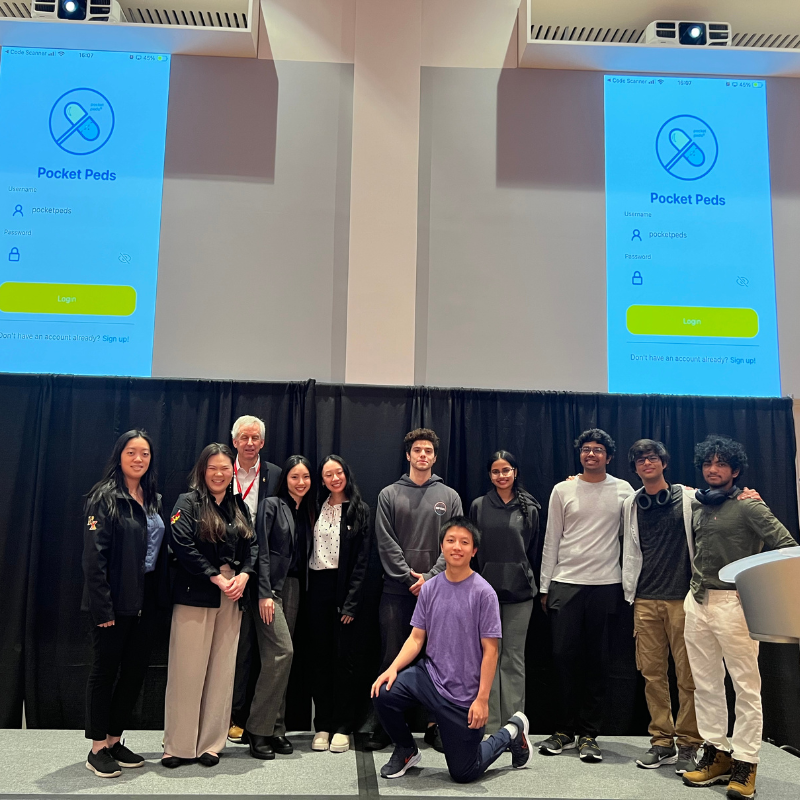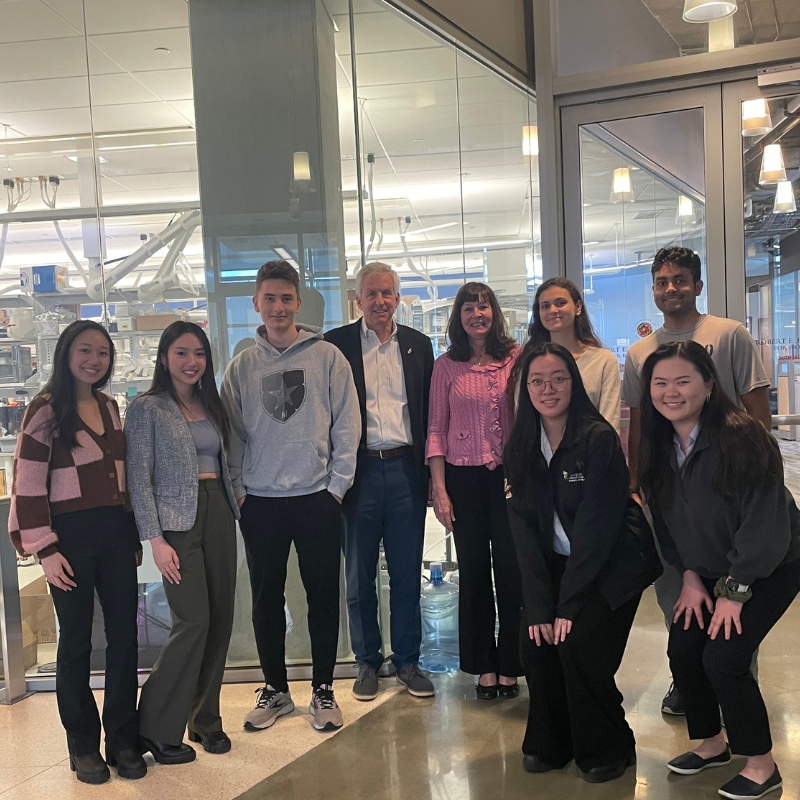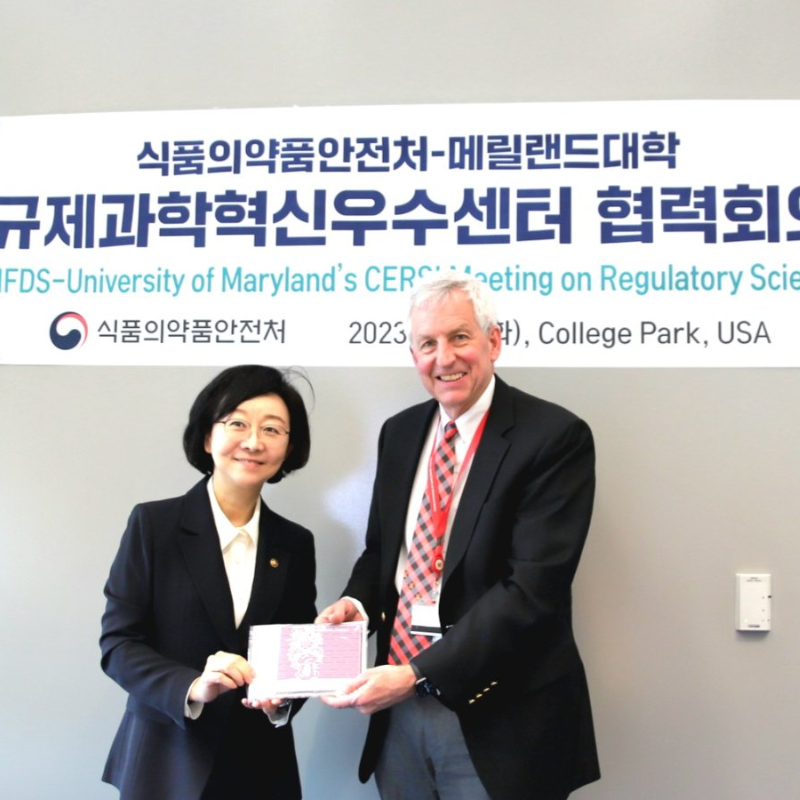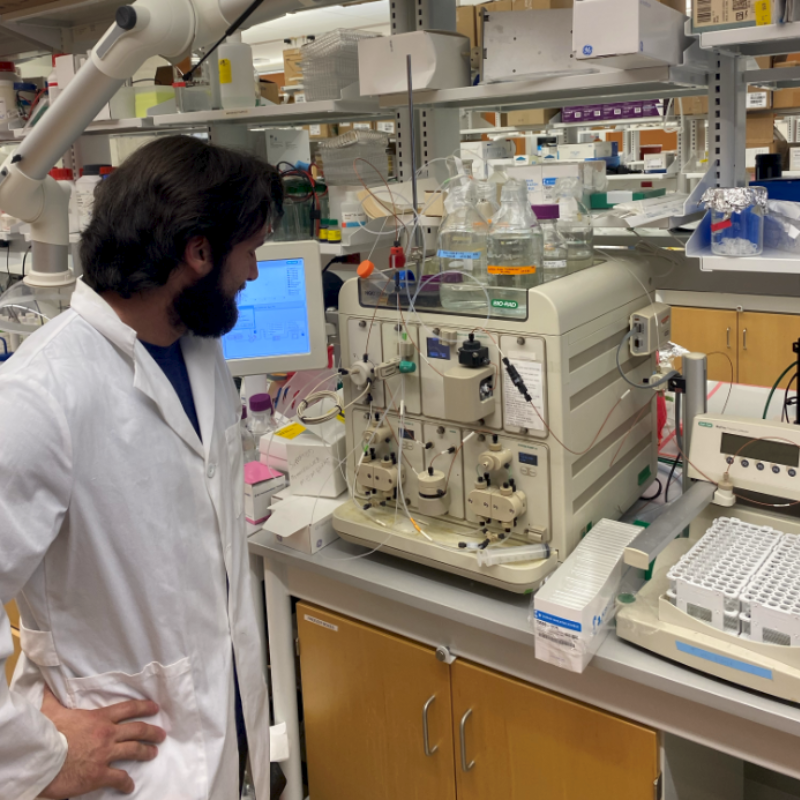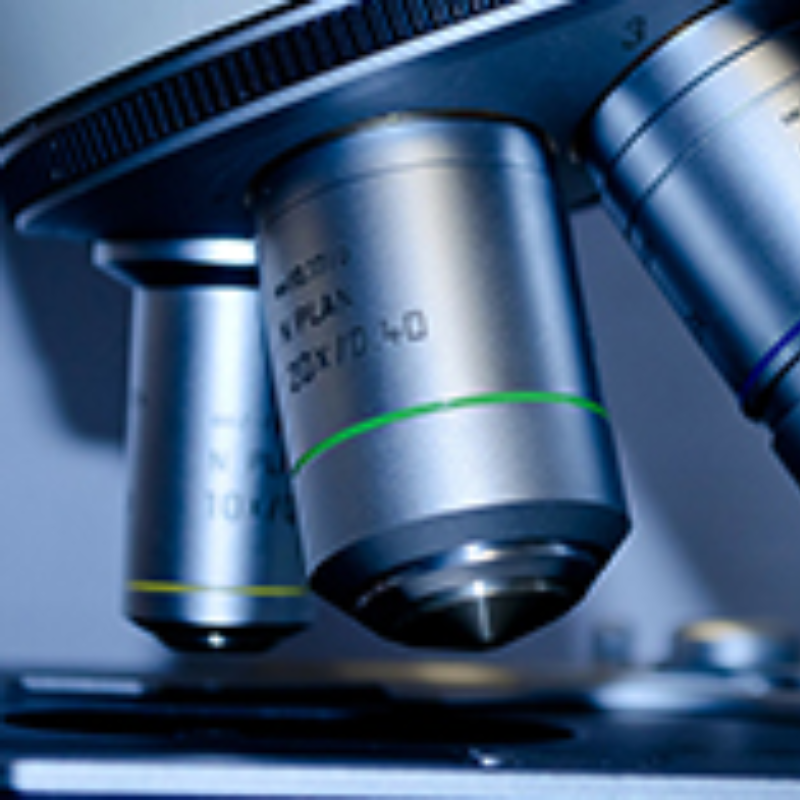News Story
SOP Hosts World-Renowned Researchers During CERSI-Sponsored Conferences
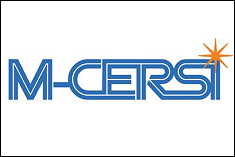
By: Malissa Carroll
Tuesday, June 4, 2013
On May 21 and 23, 2013, the University of Maryland School of Pharmacy hosted two conferences co-sponsored by the Center of Excellence in Regulatory Science and Innovation (CERSI) and the American Association of Pharmaceutical Scientists that spotlighted new developments in the fields of pharmaceutical manufacturing and topical drug bioequivalence and bioavailability. These events featured presentations from world-renowned experts in these fields.
"The School of Pharmacy's collaboration with the Center of Excellence in Regulatory Science and Innovation to host these events underscores its mission to lead pharmacy education, scientific discovery, patient care, and community engagement in the state of Maryland and beyond," says Andrew Coop, PhD, professor and chair of the Department of Pharmaceutical Sciences (PSC). "Both conferences offered a collegial, open forum that allowed the world’s leading researchers, regulators, and industry professionals to learn from one another and work towards developing new tools, standards, and approaches in the fields of pharmaceutical manufacturing and topical drug bioequivalence and bioavailability."
Organized by Audra Stinchcomb, PhD, professor in PSC at the School of Pharmacy, the All-Inclusive Topical Drug Bioequivalence and Bioavailability Summit was the first conference in this series. It was held on May 21, and addressed methods for evaluating topical drug bioavailability and bioequivalence, and provided a follow-up discussion on the results from the Product Quality Research Institute (PQRI) workshop held at the US Pharmacopeia Meeting Center in Rockville, Md., on March 11-13.
"This conference brought world-class researchers representing academia, government, and industry together to discuss the advances that have been made in the field of dermal drug delivery," says Stinchcomb. "We reviewed the results of the latest PQRI workshop and built upon those findings by offering new perspectives and potential methods to evaluate topical drug bioequivalence and bioavailability."
View full article
Published June 4, 2013
